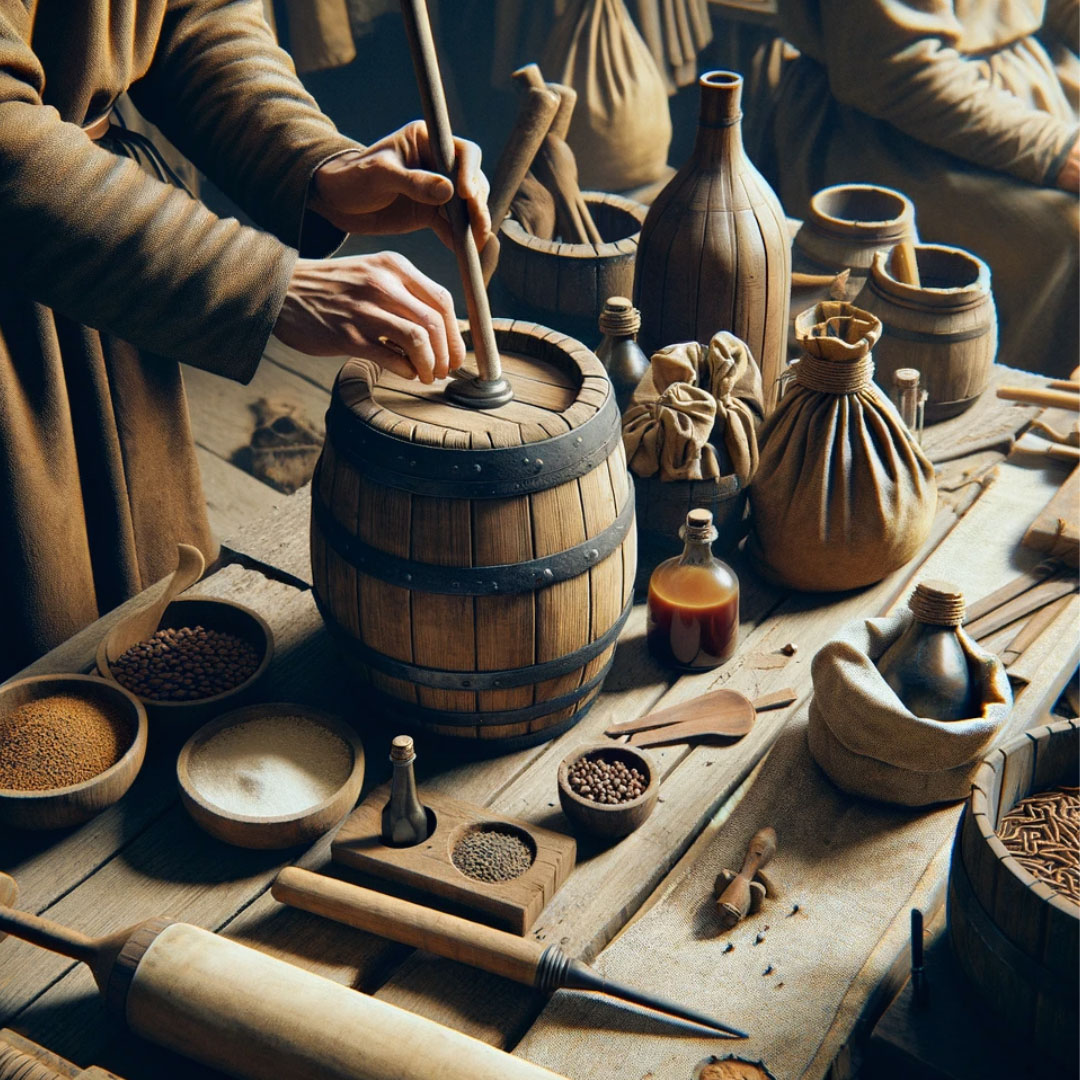Spongel and Airgel g-grade: comfort and health for light incontinence
Airlaid is the most used material as the absorbent core in hygiene products for light incontinence. Magic developed Spongel and Airgel g-grade, both certified OK Compost, so that sustainability and quality of life can go hand in hand.
The sustainable revolution in food packaging design
In an era of increasing environmental awareness, food packaging is undergoing a significant transformation. It is no longer just a means to protect and preserve food, but a vehicle for values, innovation, and environmental responsibility.
Food packaging evolution: the first and second Industrial Revolutions
The period between the first and the second Industrial Revolution showed a fundamental transformation in food packaging, moving from simple and functional solutions to more complex and marketing-oriented systems.
Spongel: a step forward in eco-friendly absorption
Spongel represents a fundamental advancement in the evolution of SAPs, combining exceptional performance with a genuine commitment to sustainability. Thanks to its formulation, Spongel paves the way towards a future where absorbent products are both effective and environmentally friendly.
The evolution of food packaging: a journey back to the Middle Ages
In the Middle Ages the development of long-distance made packaging a vital component for subsistence and the economy. The techniques used to package and store the food reflected a balance between the accessibility of materials, practicality of use, and the ability to keep food edible for as long as possible.
Compad, the revolution in household organic waste recycling
This product is a key part of Magic's ongoing innovation process, transforming recycling into a more natural, efficient, and sustainable practice.
The evolution of food packaging: a journey through Egyptian, Greek and Roman antiquity
These three major ancient civilizations left a significant legacy in the history of food packaging. Their techniques and materials influenced the centuries to come, showing how the art of packaging was crucial not only to food preservation but also to the trade and culture of past ages.
The use of nonwoven fabric in the surgical environment
Non-woven fabric is widely used in the medical and surgical fields in disposable format. In addition to ensuring maximum absorbency, it helps prevent the spread of infections and diseases caused by multi-resistant bacteria and viruses, contributing to the fight against cross-contamination.
Absorbent pads for food packaging: a global outlook
The food packaging market is undergoing a significant transformation, with emerging trends shaping the future of a rapidly evolving industry. Among the most relevant innovations, absorbent pads for food packaging, used for meat, poultry, fish and small fruits, are emerging as a solution that meets the needs of producers and consumers.
A journey back in time: food packaging in prehistory
As far back as prehistoric times, the need to store and transport food effectively drove man to seek innovative solutions. These ancient practices make us reflect on the deep connection between human beings and their environment. If our ancestors respectfully exploited what nature had to offer, we could draw inspiration from them in today's search for sustainable packaging solutions.













